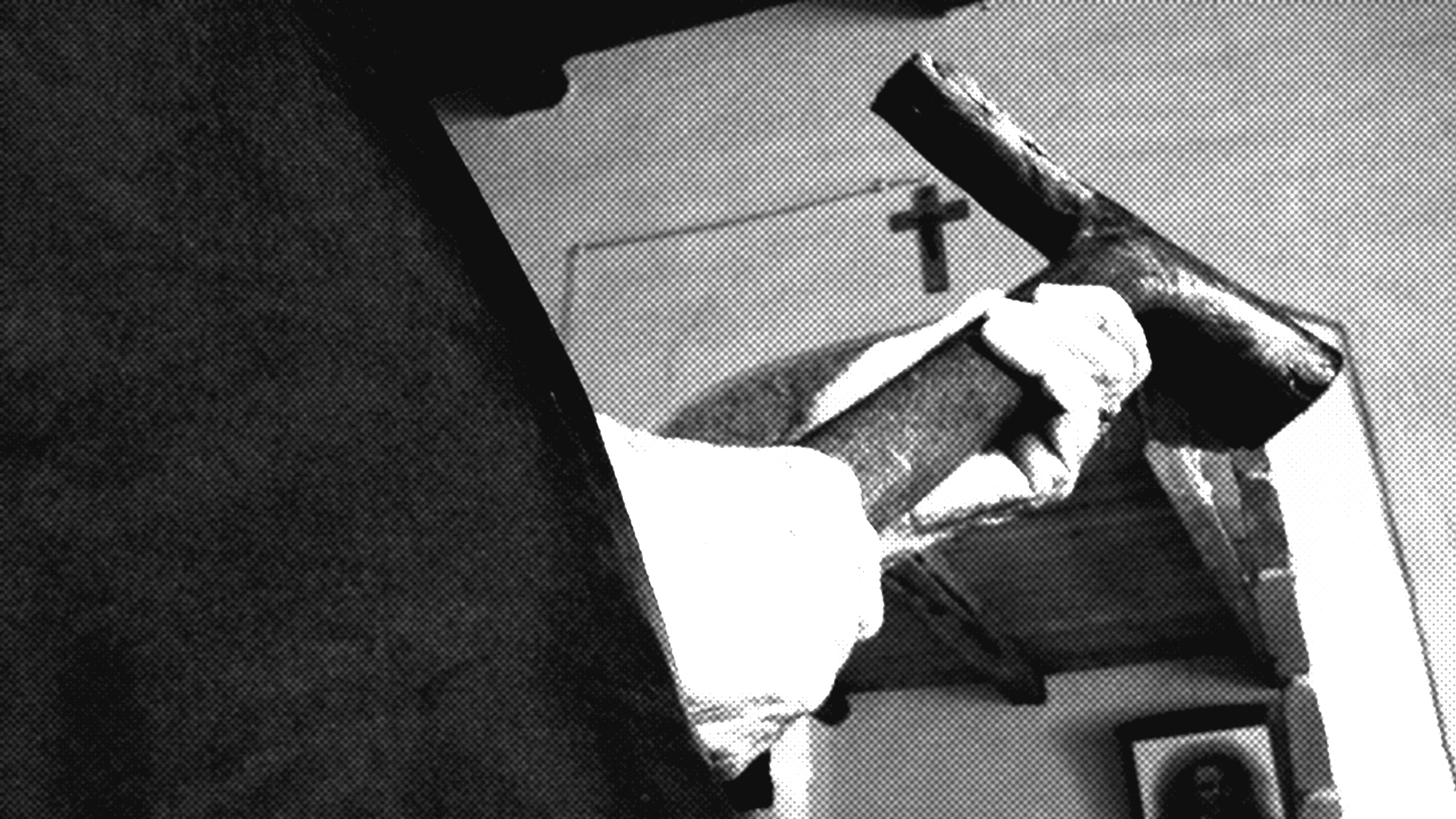An ancient Bond
An ancient bond … This ancient bond is still alive under the ashes of time and progress and has come to us in the form of concrete objects or in words repeated from generation to generation. The first are those visual symbols which, scattered throughout the region, characterize our landscape.
There are so many that we are so used to seeing them that we no longer grasp their profound meaning as a precious testimony of that bond that unites us to the earth, nature and life, of which our ancestors were well aware. myths and legends of Sardinia Tamuli’s betyls in Macomer These symbols are part of our very rich material cultural heritage. They are the nuraghi, the tombs of the giants, the domus de janas, the betyls and the menhirs, the numerous and beautiful statuettes depicting the mother goddess. They are the tangible signs of our past; of a millennia-long history.
They are our archaeological heritage and tell of peoples, exchanges, battles, progress; but they also speak of something more intimate. They tell us about beliefs, cults, rites that celebrate the deep bond between man and earth. They are concrete signs of an ancient civilization and archaic knowledge. The same that still today, despite the passage of time and our doubts as modern men, is handed down from generation to generation through tales and legends. …
Told in myths and legends The set of these myths and legends is part of our intangible cultural heritage, that is, of that set of knowledge and practices that are not only transmitted from generation to generation, but are constantly recreated by the community in relation to the relationship with the environment. where he lives. This close knot between intangible cultural heritage and the environment is the basis of the strong identity value of the former.
And in fact, the legacy of myths and legends handed down to us by our ancestors is our DNA: they are our origins. Some time ago I read an article by Claudia Zedda on the web in which the author stated that myths and legends are the language in which our island expresses itself (to read it, click here). I agree. Sardinian myths and legends A land so ancient and rich in history must necessarily have conceived a way to express itself to, and through, its inhabitants. And just like a mother does, Sardinia has taught Sardinians to live with respect for others and nature, and it has done so by adopting a simple and easily understandable language. The myths and legends precisely. Through these stories, Sardinia wants to convey a very specific teaching: to live in respect and in harmony with oneself and with nature. In fact, on closer inspection, the roots of this tradition, perpetrated over time thanks to the power of words, all lie in “respect". What Sardinian myths and legends want to teach us is a wide-ranging respect. Respect for oneself, for others and for each other (meaning everything that is not human).
One of the concrete forms in which this respect is manifested is that of the “gift", understood as the restitution of what we have taken. What you receive must be returned. Simply. It is not a prescription of the etiquette. It is an unwritten and timeless rule. It is a form of respect for the Universe, because – which we have almost forgotten by now – we cannot just take and expect. The gift does not need to be returned immediately or have the same value as what you took. Everyone gives back what he can. What matters is the gesture. After all, wouldn’t it be wonderful to live in a society characterized by a succession of gifts? A society in which every exchange and every progress is the result of the gift of others? The myth of the gift In reality, the myth of the gift, here with us, has never been forgotten. I still remember when, as a child, I saw and listened to my grandmother giving and receiving gifts for everything.
She had been a nurse in Cagliari during the Second World War and therefore, as a child, I used to accompany her when she went “to give the injections" to her friends and neighbors. In short, she made available to those who asked her what she knew how to do. myths and legends of ancient Sardinia She never returned empty-handed: from eggs to wine, from sweets to coffee. Same thing she did when she got help or something she didn’t have. She returned.
This custom has always fascinated me, it dressed my grandmother and friends with a strange aura, today I would define almost sacred. Only now do I fully understand the great value of the gestures and culture that she taught me, perhaps unwittingly … simply by giving me an example. Years later and in a period that I would never have (we will have) thought of experiencing, a pandemic, the myth of the gift returned to my life: she did it simply, through an object so poor and simple as to be harmless.

